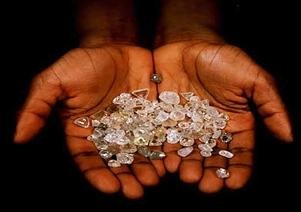GUINEE CONAKRY
WEST AFRICA - LIBERIA
PROJECT OF 10,000 HOUSING UNITS OF DIFFERENT SQUARE METERS, POPULAR ECONOMIC BUILDING
Renewable energy is the energy that is collected from renewable resources, which are naturally replenished on a human time scale, such as sunlight, wind, rain, tides, waves and geothermal heat. Renewable energy often supplies energy in four important areas: electricity production, air / water heating / cooling, transport and rural energy services (off-grid).
Solar heating systems are second generation technologies that consist of solar thermal collectors, which have the purpose of collecting the radiant energy coming from the sun's rays, and a tank or a cistern, which has the task of accumulating the collected thermal energy from the manifolds in order to keep the water temperature high for longer times. These systems can be used to heat domestic water, that of swimming pools or to heat rooms. The hot water thus produced can also be used for industrial applications or as an energy source for other uses, such as in cooling devices.
The solar thermal for the production of domestic hot water is now close to competitiveness in various applications, especially where it is able to replace not only fuel but also conventional plants.
Pietra dura (Italian: [ˈpjɛːtra ˈduːra]) or pietre dure [ˈpjɛːtre ˈduːre] (see below), called parchin kari or parchinkari in the Indian Subcontinent, is a term for the inlay technique of using cut and fitted, highly polished colored stones to create images. It is considered a decorative art. The stonework, after the work is assembled loosely, is glued stone-by-stone to a substrate after having previously been "sliced and cut in different shape sections; and then assembled together so precisely that the contact between each section was practically invisible". Stability was achieved by grooving the undersides of the stones so that they interlocked, rather like a jigsaw puzzle, with everything held tautly in place by an encircling 'frame'. Many different colored stones, particularly marbles, were used, along with semiprecious, and even precious stones. It first appeared in Rome in the 16th century, reaching its full maturity in Florence. Pietra dura items are generally crafted on green, white or black marble base stones. Typically, the resulting panel is completely flat, but some examples where the image is in low relief were made, taking the work more into the area of hardstone carving.






